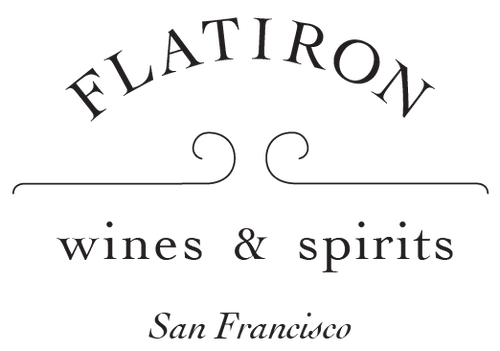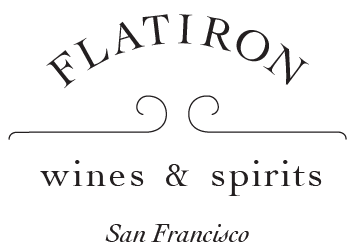Wenzlau Vineyard
For centuries winemaking faced one essential question: could you get the grapes ripe? So California was the promised land: endless acres where grapes would ripen every year.
Of course, now we know that when it's... Read More
For centuries winemaking faced one essential question: could you get the grapes ripe? So California was the promised land: endless acres where grapes would ripen every year.
Of course, now we know that when it's too easy to ripen grapes ripe, the wines end up tasting simple, even a bit boring. Where vines struggle with cooler temperatures, by contrast, they retain acidity, liveliness and energy. Sure, you need enough warmth to get the grapes just ripe enough in the good vintages, but not a degree more than that.
David Hirsch understood this in his bones and blazed a trail into the Sonoma Coast where he planted Pinot Noir and Chardonnay in some stunning and stunningly cool sites. Wenzlau did the same thing in the Central Coast.
The Wenzlau family owns a tiny collection of vines in the Santa Rita Hills. The site is cold. Very cold. Every day until noon it's covered in fog from the Pacific Ocean, blocking out the sunshine. So, like Hirsch's vines, Wenzlau's struggle to get ripe every vintage. And the result is the same order of complexity that you get in the great wines of Burgundy.
We mention Burgundy because that region is very much the inspiration, and Wenzlau's vineyards are planted to Pinot Noir and Chardonnay. We have been lucky enough to taste through their line-up several times, often with the family, and we are always impressed.
Farming is organic. winemaking is small-scale and artisanal, with some whole clusters employed. The wines represent another level of brilliance in the continuing California renaissance.

